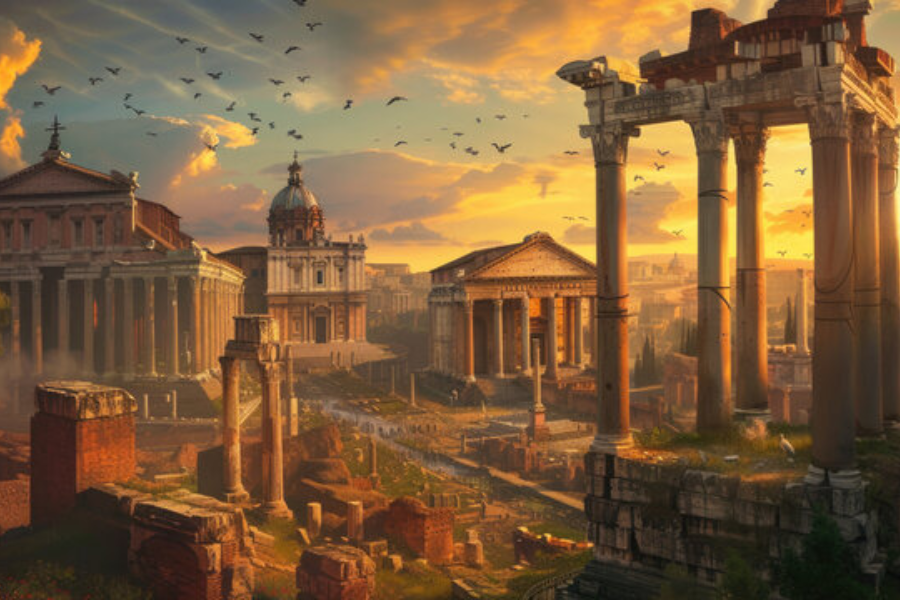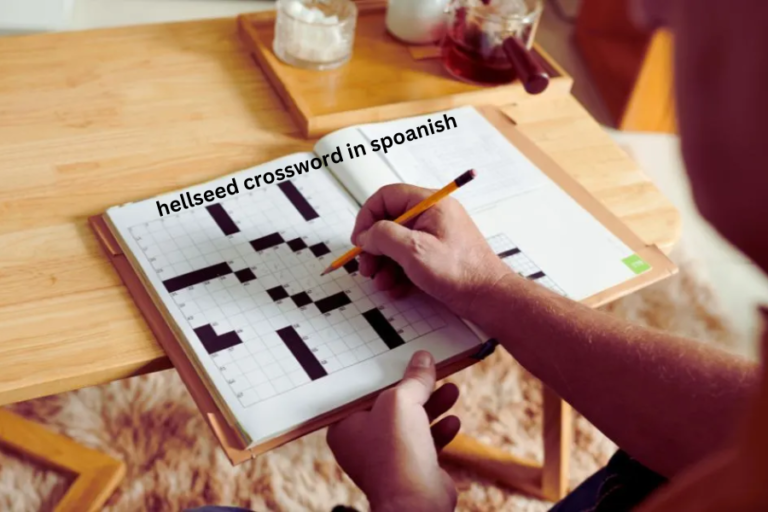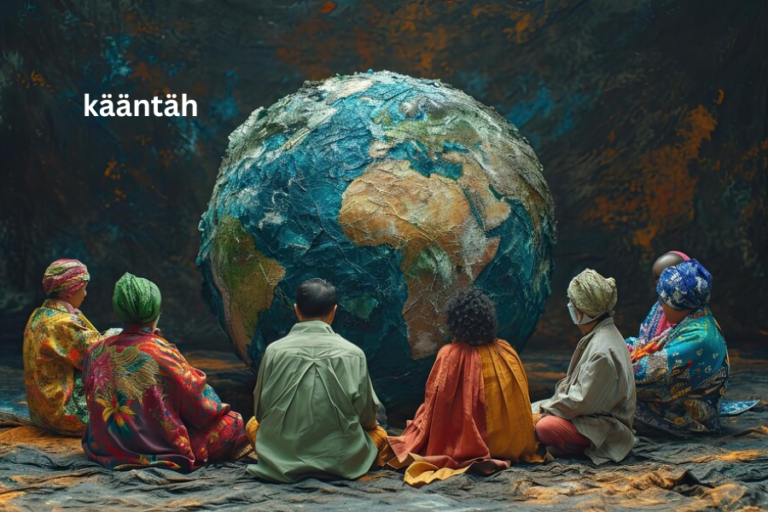Antiquità: Connecting the Past with the Present for a Richer Understanding
Antiquità, the Italian word for antiquity, holds a unique allure—a gateway to the wonders of ancient civilizations. It evokes images of grand marble statues, Pompeii’s vivid frescoes, and the intricate mosaics that once adorned the halls of Rome. This word carries within it the essence of timelessness, inspiring awe and reverence. Antiquità invites us to explore the treasures of human history, offering a glimpse into a world rich with wisdom, craftsmanship, and stories of ancient life. Let’s journey through time to discover why antiquità continues to captivate us and remains relevant today.
The Everlasting Appeal of Antiquità
Antiquità isn’t just a relic of the past; it’s a living connection to our heritage. Ancient artifacts, ruins, and artworks possess a rare ability to engage modern minds, offering insights into the achievements and evolution of past civilizations. By studying antiquity, we don’t just admire what was; we gain a deeper understanding of how the past influences our present and future. Exploring antiquità is an exercise in empathy—it allows us to see the world through the eyes of our ancestors, to feel their struggles, their triumphs, and their dreams.
Discovering the Past in the Present
When we encounter antiquità, it’s as if we’re unlocking messages left behind by time. Each artifact or ancient structure holds a story, waiting to be rediscovered. From Aristotle’s wisdom to Michelangelo’s artistry, and from Egypt’s architectural marvels to the philosophies of ancient Greece, antiquity is the wellspring of knowledge and innovation that has shaped our modern world. By delving into these remnants of the past, we not only learn about history but gain a better appreciation for the customs, laws, and societal structures that define our contemporary lives.
A Cultural Confluence of Ideas
Antiquità serves as a crossroads where the diverse ideas and philosophies of ancient civilizations converge. These societies were the birthplace of countless ideas that continue to shape our world today. From the governance of the Roman Republic to the astronomical discoveries of Ptolemy and Galileo, antiquity laid the groundwork for much of modern thought. Exploring antiquità allows us to witness the exchange of wisdom across time and geography, offering a richer understanding of human development and cultural evolution.
Safeguarding Antiquità for Future Generations
The responsibility of preserving antiquità lies not only with scholars and institutions but with every individual who recognizes its value. The artifacts, ruins, and artworks of ancient cultures define regions and peoples, and their conservation is a testament to our collective respect for history. The act of preservation is an investment in the future, ensuring that the stories of our shared human journey are not lost to time or neglect.
Protecting the Tangible and Intangible
Preservation goes beyond safeguarding physical objects; it also involves the protection of intangible cultural heritage. Ancient art, architecture, literature, and cultural practices provide invaluable insights into human progress and social development. Destroying these treasures would be akin to tearing pages from the history book. We must continue the dialogue on the best practices for conserving and interpreting antiquità to ensure that future generations can experience and learn from these remarkable legacies.
The Role of Technology in Conservation
Modern technology has become an invaluable ally in the preservation of antiquità. Tools such as advanced imaging, climate-controlled environments, and digital archiving have revolutionized the study and conservation of ancient artifacts. Digital preservation, in particular, allows for broader access, enabling people worldwide to engage with antiquità virtually. However, technology also presents challenges—such as digital decay and the environmental threats to digital archives—that conservationists must address with care and foresight.
Antiquità in the 21st Century: A Revival of Interest
The fascination with antiquità shows no signs of diminishing. In fact, the ancient world continues to inspire modern art, literature, film, and even tourism. Antiquità has transcended its role as a mere artifact, becoming a catalyst for innovation and a reflection of contemporary concerns and values. It remains a powerful tool for introspection and cultural exchange, bridging the gap between the past and the present.
Modern Interpretations of Ancient Wisdom
Today, the ideas of antiquity are being reinterpreted and adapted in new ways. Environmental philosophies reminiscent of ancient practices, art and architecture inspired by classical designs, and movements celebrating indigenous traditions all highlight the continuing relevance of antiquità. These reinterpretations provide fresh perspectives on the past, demonstrating how ancient wisdom can inform modern thinking and contribute to the ongoing cultural conversation.
Antiquità in Contemporary Media
The allure of antiquità is deeply felt in contemporary media. Films, television series, and video games often explore historical themes, allowing audiences to immerse themselves in the lives of ancient civilizations. These narratives not only entertain but also educate, offering a detailed, emotional connection to the past. Through these modern mediums, antiquità comes alive, serving as both a source of inspiration and a learning tool for generations to come.
Facts:
- Origin of the Word: The term “antiquità” is derived from the Italian language, meaning “antiquity” or “ancient artifacts.” It encapsulates the cultural, historical, and artistic significance of ancient objects, structures, and ideas.
- Enduring Cultural Influence: Antiquità is not just a relic of the past; it serves as a vital link to human history. Artifacts from ancient civilizations like Greece, Rome, Egypt, and Mesopotamia continue to influence modern art, science, politics, and philosophy.
- Timelessness: The allure of antiquità lies in its timeless appeal. From monumental architecture to everyday objects, these remnants provide a glimpse into the lives, thoughts, and innovations of past societies, which still shape the world today.
- Role of Preservation: The preservation of antiquità is essential for maintaining our cultural heritage. These artifacts give insight into the past and help modern societies understand their roots. Conservation efforts utilize modern technology like imaging and climate-controlled environments to protect these treasures.
- Relevance Today: Antiquità continues to be a source of inspiration. Modern reinterpretations of ancient wisdom, art, and architecture showcase the enduring relevance of antiquity in today’s world. Environmental philosophies, classical designs in architecture, and indigenous traditions often draw from antiquità.
Summary:
The article highlights the significance of antiquità, the Italian term for antiquity, as a link between past civilizations and the present. Antiquità represents more than just ancient artifacts—it is a living connection to our history, offering a deeper understanding of human achievement, ideas, and cultural evolution. The preservation of these ancient treasures, both tangible and intangible, is crucial for future generations, and modern technology plays an important role in this process. As societies continue to reinterpret ancient wisdom, antiquità remains an influential force in contemporary art, literature, and media, ensuring that the lessons of the past continue to shape the future.
FAQs:
1. What does “antiquità” mean?
- “Antiquità” is the Italian word for “antiquity,” referring to ancient objects, artifacts, and the cultural legacy of past civilizations.
2. Why is antiquità important today?
- Antiquità is important because it offers insights into the cultural, political, and philosophical advancements of ancient societies. It helps us understand how past civilizations have influenced the modern world and continues to inspire art, architecture, and ideas today.
3. How do modern technologies help preserve antiquità?
- Modern technologies such as advanced imaging, digital archiving, and climate-controlled environments have revolutionized the preservation of antiquità, making it possible to protect and study ancient artifacts in new ways. Digital preservation also enables wider access to these treasures.
4. What role does antiquità play in modern art and culture?
- Antiquità inspires modern art, architecture, and literature by providing a source of classical ideas, artistic techniques, and philosophies that continue to influence contemporary creators. Ancient designs and wisdom are often reinterpreted to address current global concerns.
5. How can I engage with antiquità today?
- You can engage with antiquità by visiting museums, exploring virtual collections, studying ancient texts and artifacts, and participating in cultural exchanges or academic discussions. Many films, books, and video games also bring the ancient world to life, providing an immersive experience.
6. How do ancient artifacts contribute to understanding contemporary society?
- Ancient artifacts allow us to reflect on the social, political, and philosophical structures of past civilizations. They reveal how our contemporary customs, laws, and societal structures have evolved from historical practices, providing a deeper understanding of our current world.
7. What challenges do conservators face when preserving antiquità?
- Conservators face challenges like physical deterioration, environmental threats, and the potential for digital decay in archived records. They must balance the use of modern technology with traditional preservation methods to ensure the longevity of antiquità for future generations.
Stay informed and explore the latest trends in entertainment, lifestyle, and more at objectiverelease.com.






